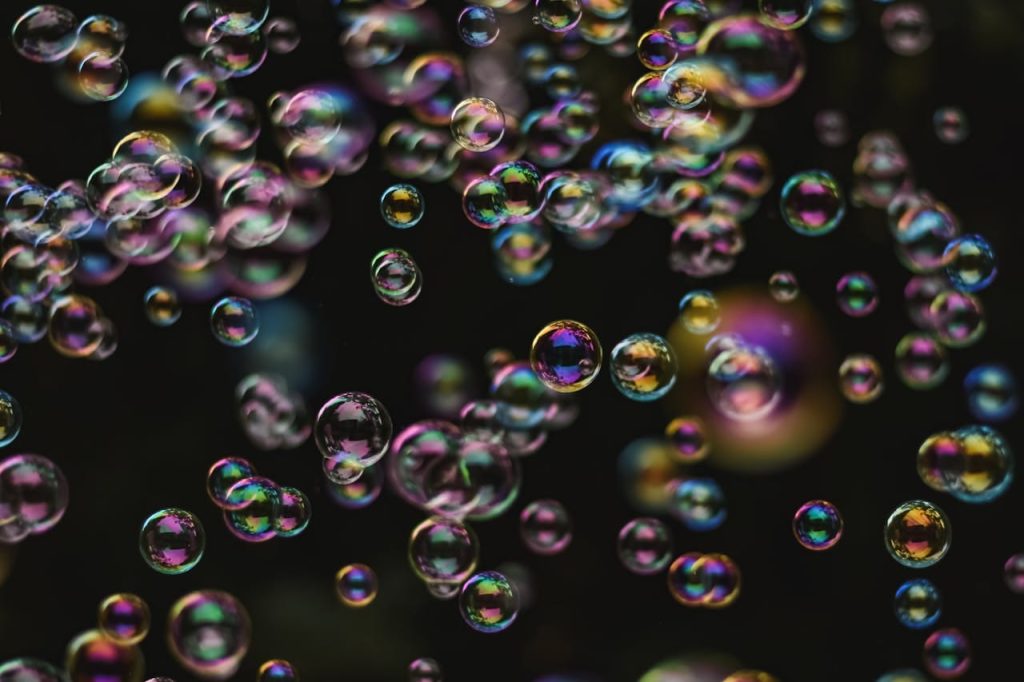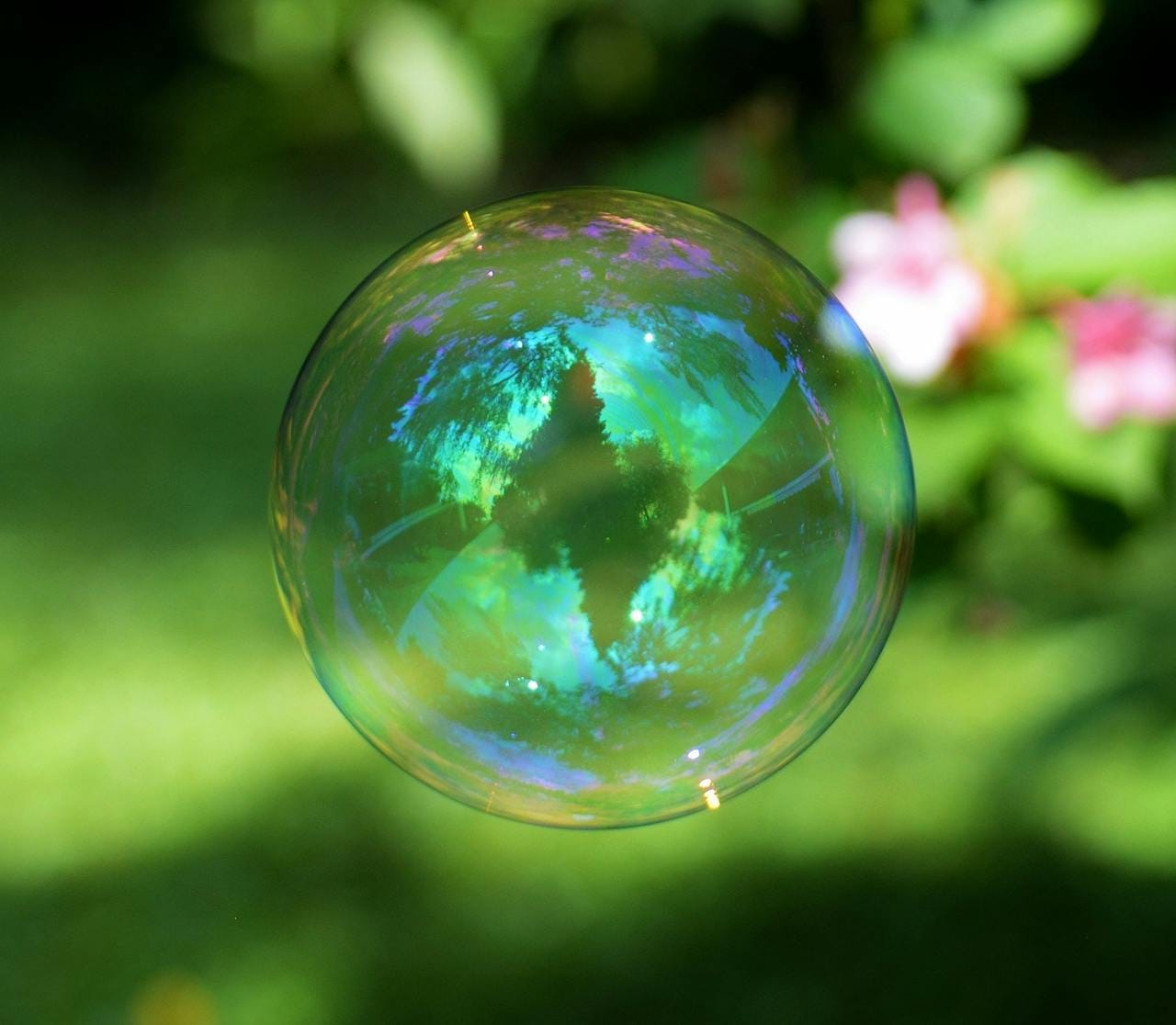The Soap Bubble Paradox: A Curious Case of Surface Tension
Surface tension is one of the most fascinating phenomena in fluid mechanics. It is responsible for water droplets forming spheres, insects walking on water, and capillary action in plants. However, when we introduce soap or detergent into water, we observe a surprising effect—it reduces the surface tension of water. Yet, paradoxically, the same soap solution allows soap bubbles to form, and these bubbles owe their very existence to surface tension. How can this be? Is there a contradiction at play? Let’s explore.

The Role of Surface Tension in Water
Pure water has a high surface tension due to strong hydrogen bonding between its molecules. This tension acts as a “skin,” minimizing the surface area of the liquid. This is why water beads up on a surface rather than spreading out uniformly. The surface tension of water at room temperature is approximately 72 mN/m.
What Happens When Soap is Added?
When soap or detergent is introduced into water, it disrupts the hydrogen bonds between water molecules. This reduces the cohesive forces at the surface, lowering the surface tension to approximately 25–30 mN/m, depending on the concentration of soap. This property of surfactants is useful in cleaning, as it allows water to spread more easily and penetrate surfaces.
The Paradox: Soap Bubbles and Surface Tension
Here’s where things get interesting. Soap bubbles are essentially thin films of liquid surrounding air. They form because the surface tension of the soap solution is still strong enough to hold the bubble together but weak enough to allow the film to stretch. The soap molecules arrange themselves with their hydrophilic (water-loving) heads in the water and their hydrophobic (water-repelling) tails facing outward, stabilizing the thin liquid film.
Resolving the Paradox
So, is there really a contradiction? Not quite. The key is that while soap reduces the absolute surface tension of water, it also stabilizes the liquid film by creating a uniform distribution of surface forces. In pure water, surface tension is too high, causing any bubble that might form to immediately collapse. In contrast, in a soap solution, the tension is reduced to a level that allows bubbles to expand and persist, while also maintaining just enough force to prevent them from bursting immediately.
Furthermore, Marangoni stress—caused by variations in surface tension—helps prevent the film from thinning out too quickly, prolonging the life of the bubble. This explains why soap bubbles can remain intact for several seconds or even minutes before they burst.

Conclusion
The soap bubble paradox is not a contradiction but rather an elegant demonstration of physics at play. The reduction in surface tension allows for the formation of bubbles, while the surfactant properties of soap molecules provide structural stability. It’s a perfect blend of chemistry and physics, reminding us that sometimes, what seems like a paradox is actually a deeper insight into the workings of nature.
"Next time you see a soap bubble floating in the air, remember: it exists not in defiance of surface tension but because of it!"By,
Ashutosh B Upadyaya,
B.Tech (Engineering Physics),
IIT-Roorkee.
NEST PUBLICATION(R.)
Karnataka’s Best Publication for NEET and KCET Study Materials.




